How mussels, clams, crabs and barnacles breathe under water? We caught them and looked into this!
We caught 4 different species of creatures on the Jersey shore - a clam, a mussel, a barnacle, and a crab. All these are surf creatures who live in the tidal zone - where the ocean water rises and falls. So they all can breathe both underwater and on the shore. How exactly do they breathe?
Crabs have gills they use to extract oxygen from the water. The gills are located at the base of their legs. What you see moving right there next to this crab's eyes are the 2 pairs of antennae. Crabs use antennae to smell, sense chemicals in the water, and also to feel the current and movement of water.
Mussels also breathe by running water through their gills. Unlike all other molluscs, mussels get their food only by filtering water. The gills are deep inside the mussel - what you see here showing from its shell are the flaps of its mantle. That's where the mussel "inhales" water. It exhales it through a special siphon.
This is an Atlantic surf clam. This portion of the mollusk's body coming from the shell is the clam's siphon, or, rather 2 siphones - for the water coming in, and water coming out of the mollusk. Inside, behind the siphon are clam's gills with which it breathes. Any food that comes in with the water, like plankton or algae, gets into a clam's mouth. For clams to eat and breathe, the water must be in motion, and they create that motion with the siphon.
Here is a large mussel shell with two creatures attached to it - a barnacle and a slipper shell or oyster-pest. Barnacles are crustaceans like shrimp and crabs. Barnacles have no gills, instead they absorb oxygen through their legs - these hairy things that come out of the barnacle's shell. The shell is made up of six plates. If a predator comes close, the barnacle's legs pull in and the shell shuts closed. It also closes when the tide is low and barnacles end up above the water line.
-
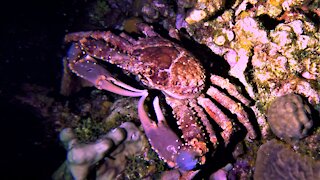 1:28
1:28
GalapagosGuys
2 years ago $0.11 earnedGigantic channel-clinging crabs explore reef under cover of darkness
1.89K7 -
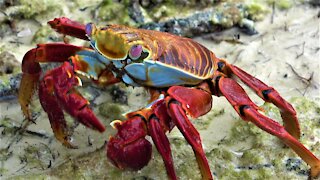 1:19
1:19
WildCreatures
3 years ago $1.07 earnedStunningly beautiful crab cleans the beach in the Galapagos Islands
8.09K3 -
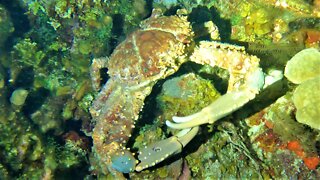 1:20
1:20
WildCreatures
2 years ago $8.46 earnedGiant crabs come out under cover of darkness in Belize
14.9K35 -
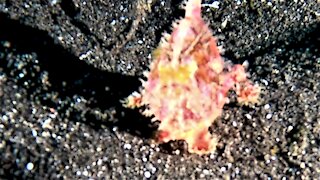 1:18
1:18
WildCreatures
3 years ago $1.36 earnedThis frogfish is one of the most unusual creatures in the ocean
7.19K15 -
 1:19
1:19
WildCreatures
1 year ago $10.61 earnedOctopus and gigantic crab battle for survival in the ocean
21.7K44 -
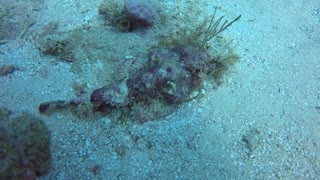 1:38
1:38
cdngreenwaterdiver
5 years agoDivers investigate deadly scorpionfish & other amazing sea creatures
6711 -
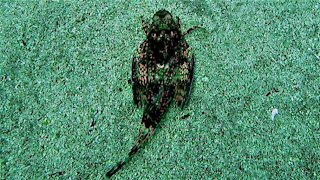 0:46
0:46
GalapagosGuys
2 years ago $5.83 earnedThe sea robin is a bizarre predator with an incredible ability
14.3K11 -
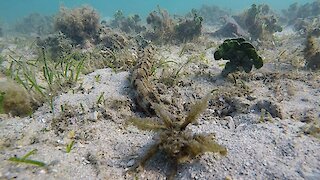 1:30
1:30
WildCreatures
4 years ago $12.93 earnedScuba diver encounters incredibly bizarre underwater animal
57.9K2 -
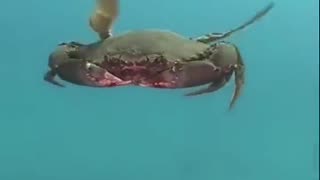 0:14
0:14
F5Tornado
2 months agoAn Astonishing Little Crab Flies Like a Helicopter Underwater
1.05K3 -
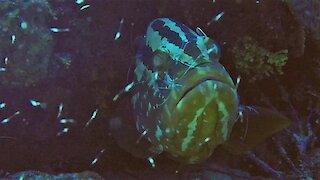 0:48
0:48
WildCreatures
4 years ago $15.99 earnedGiant grouper gets his face cleaned by brave little shrimp
2.68K3